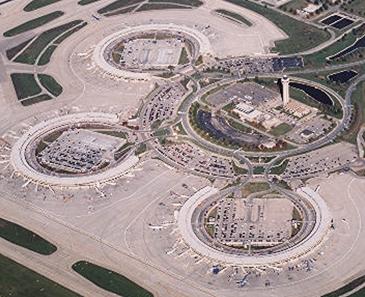

More than 40 of the mosaic medallions from the old Terminal A were repurposed for an installation in the new airport - but we still don’t know the fate of the mosaics in terminals B and C.

“I was literally walking on stars, on my way to NASA. “I felt like I was walking into the rest of the world on those floors,” said Shelby Wells, a Missouri native and Star reader who first visited Kansas City’s airport on her way to space camp at age 11. A standout feature of the now-defunct terminals was the deep blue floors inlaid with brass symbols and colorful mosaic medallions, which many readers have written to us to ask about. In the 1960s and 1970s, the new facility was known for having large windows, an iconic exterior design, and the ability to handle widebodies in an era where large aircraft were proving vital in international transport.In the midst of the excitement around the new KCI terminal, Kansas Citians are recalling fond memories of the old airport. One of the key airport innovations TWA made was the construction of the TWA Flight Center at New York's John F. In the late 1960s and early 1970s, TWA was one of the leading airlines in the United States in a regulated air travel market. It was the idea for something completely different." "The story of the Kansas City International Airport is interesting in that, of course, TWA, when we were constructing the original three horseshoe-shaped terminal complex, TWA was in the driver's seat, and really wanted to construct an airport terminal complex in a way that hadn't been done before and a real focus on what they call "drive to gate," convenience, where passengers could, literally, park their car, walk in, and then get on an airplane and take off, and in some cases, at that point, then buy their plane ticket.


 0 kommentar(er)
0 kommentar(er)
